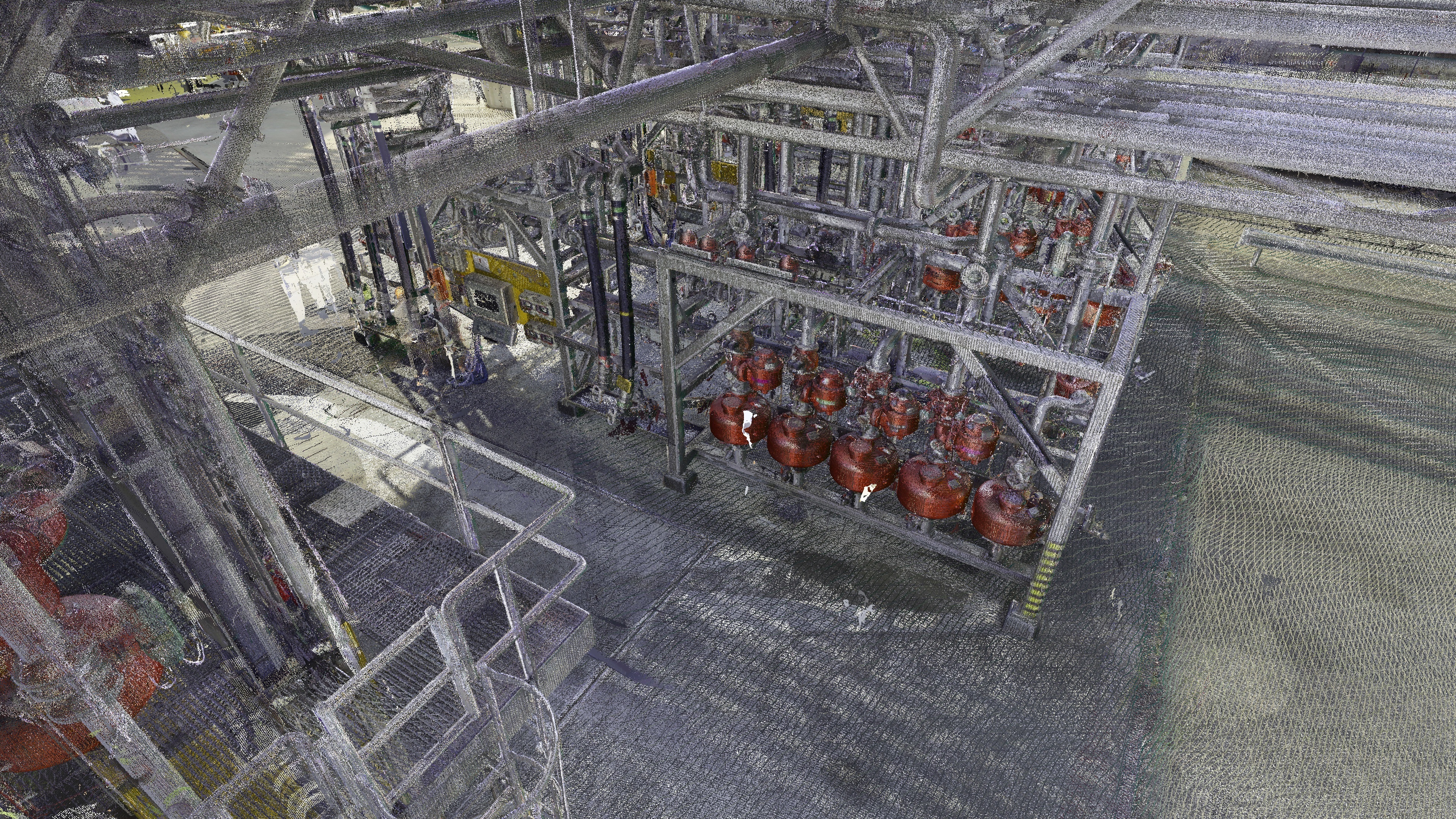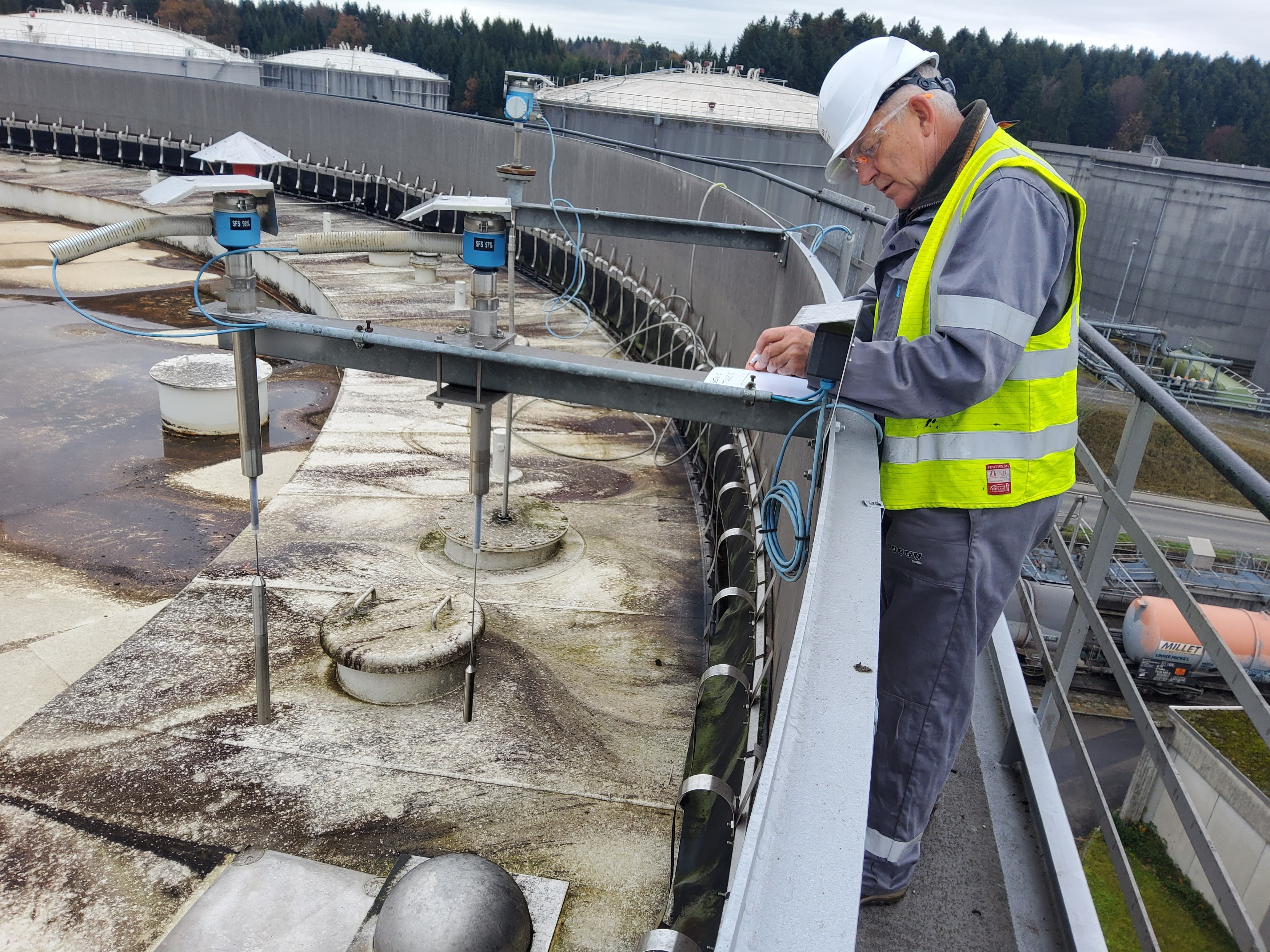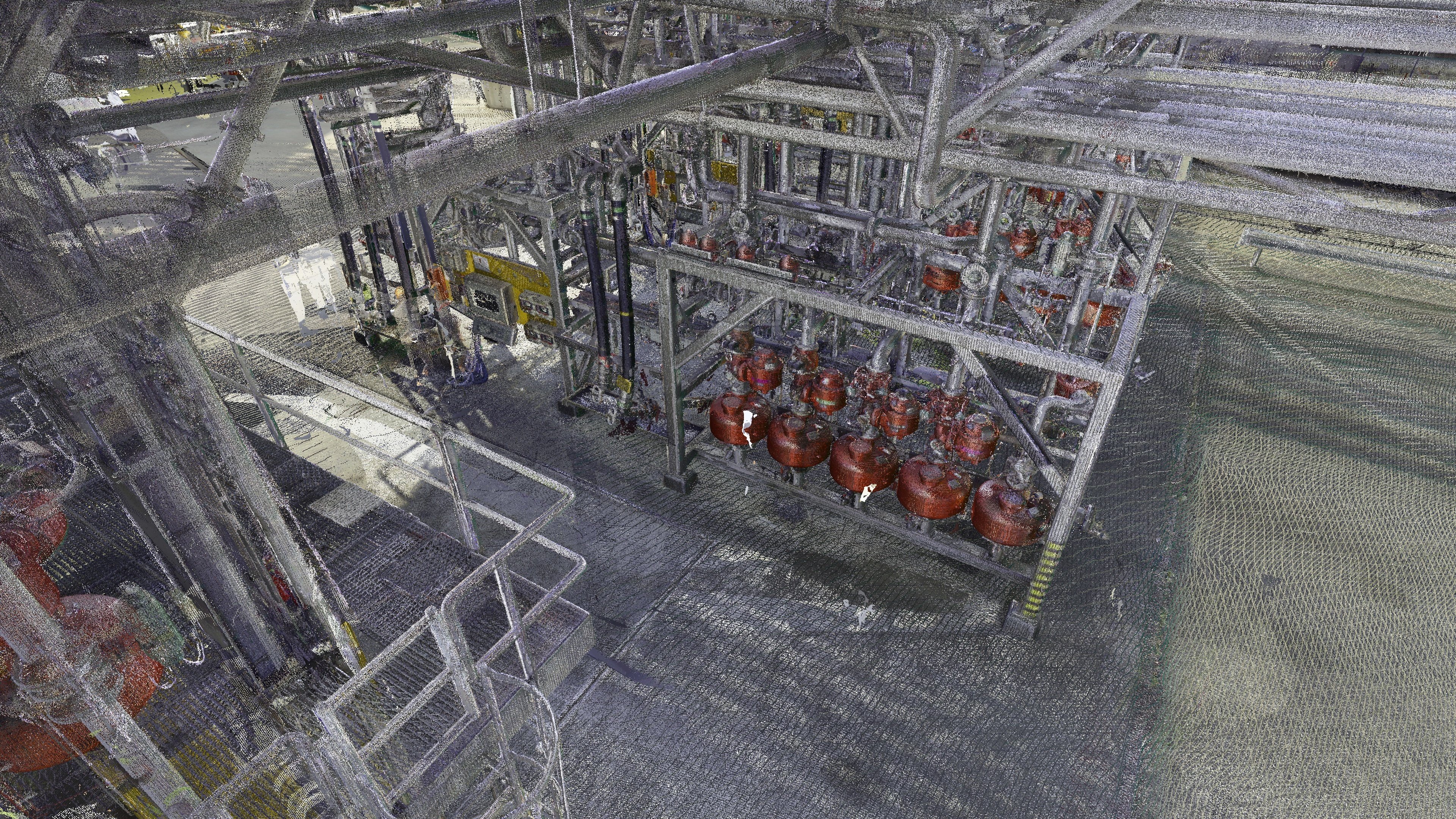Introduction: Understanding the Role of P&IDs in the Process Industry
Piping and Instrumentation Diagrams, or P&IDs, are vital technical schematics that define how process systems function in industrial settings. They visually represent the relationship between Piping, Equipment, Safety Systems and Control Systems. For industries such as food, pharmaceutical, chemical storage, utilities, petrochemicals and power generation, these documents provide a critical reference for understanding process layout, diagnosing operational issues, planning maintenance, understanding safety systems and executing modifications. P&IDs are referenced regularly throughout the life of a site, during safety reviews, turnarounds, system upgrades, and emergency response planning. Their accuracy and currency are essential to both operational integrity and regulatory compliance, often being referred to as the “bible” document for process sites.
Process sites are also subject to rigorous compliance and regulation standards. If requirements aren't met, owners and operators can face steep fines or even shutdowns in the most severe cases. The stakes for accuracy, efficiency, and traceability could not be higher.

Why the Legacy Approach Falls Short
Despite the critical role of P&IDs, industry has long relied on manually intensive and inefficient workflows for producing and maintaining them. Historically, surveyors would walk through sites with clipboards in hand, manually marking up paper copies or basic CAD exports of system layouts, a process that often involved returning to the same site multiple times to fill in gaps, validate assumptions, or rework inaccurate sketches. Often in high-risk or restricted areas, these repeat visits not only introduce delays but also add unnecessary risks and exposure to hazards.
These limitations underscore the need for a better, more efficient approach to P&ID’s and Management of Change.
Modernizing the Workflow: Neonex’s Innovative Approach
Neonex Digital Ltd has positioned itself at the forefront of this modernization. As a UK-based firm with more than 120 years of collective engineering experience, Neonex Digital provides a cost-effective service for the provision of compliance documentation, along with an ongoing support service in maintaining that documentation. What differentiates the company is how it combines traditional survey techniques with new 3D data gathering technologies —namely, high-precision laser scanning and Cintoo’s cloud-based 3D scan data management platform.
Laser scanning captures a complete and detailed 3D record of a site in a matter of hours or days (depending on its size). Unlike traditional surveying, which often depends on line-of-sight and manual note-taking, laser scanning collects millions of points per second across every visible surface. That data is then processed into point clouds and panoramic images that serve as a digital, true-to-life representation of the physical site.
In its philosophy, Neonex Digital believes reality capture empowers operators with data that underpins compliance in an evolving legislative landscape. Prioritizing high-precision laser scanning means that Neonex can deliver the most up-to-date and accurate information of onsite facilities to their clients, to also be used to maintain documentation and compliance. Lewis Boxer, Director of Neonex Digital, says that, “In 2012, I was introduced to 3D laser scanning technology, and over the past 12 years, I have focused on understanding how this technology can enhance the process industry. This includes optimising workflows with respect to P&ID production, 3D process modelling, Piping Isometrics, EEMUA 159 tank reporting, bund volume analysis, civil models, ground profile models, asset reports, and more.”

With laser scanning, everything is captured, creating a digital record that eliminates return visits and provides a comprehensive resource which Neonex can use to build P&IDs and verify compliance. “Cintoo takes this a step further, offering intuitive ways to interact with scan data, as a tool for building P&IDs with accuracy and confidence,” explains Lewis. “For process sites, compliance, maintenance, and asset management are crucial, especially under the scrutiny of regulatory bodies like the HSE and Environment Agency. Maintaining the data in Cintoo can be used to quickly and easily review and update essential documents.”
First, the process starts by working with the client to understand the sites process, how they want the P&IDs laid out, symbology and nomenclatures they require and access to borders and supporting docs. Then, conducting a 3D laser survey of the site is required to capture field mounted equipment. A second survey running in parallel is also conducted to record remote instrumentation details from PLC, DCS panels and talking to operators.
Once scanning is complete, the data is uploaded into Cintoo’s platform. Cintoo enables all stakeholders and disciplines to easily interact with this information in a highly visual and intuitive environment. “For P&IDs we could draft the P&IDs from Cintoo and validate the P&IDs from Cintoo."
In Cintoo, engineers can navigate the site virtually, rotate views, zoom into details, and manipulate visual filters to enhance clarity. Scan to scan comparisons enable engineers to build out an efficient, quantifiable assessment of site conditions and changes over time. This helps operators address management of change as well as guide their maintenance programs. AI-driven measurements and asset tagging also streamlines the complete assessment and clarity of asset-intense environments, allowing engineers to scaffold models to overlay against as-built conditions, ensuring accuracy.
-1.jpg?width=1996&height=1098&name=r3d-3%20(1)-1.jpg)
The Cintoo platform also enables easy visualisation of plant operating data by embedding Power BI dashboards for tagged equipment, enabling operators to easily visualise actual plant behaviors, such as (but not limited to) pressures, temperatures, velocities, vibration, noise, actuation (valve/controllers) and energy consumption.
Clipping boxes in Cintoo allows users to isolate specific areas such as pipe racks, while colorization techniques reveal material differences or highlight connections that may be obscured in raw point cloud views. Importantly, annotations can be placed directly in the digital environment, creating a shared workspace for engineering, design, and compliance teams across the globe.
Cintoo also eliminates the need for engineers to travel to a site to conduct safety meetings, Hazops or possible design changes. Instead, they’re able to use Cintoo and share the view remotely.
Modernizing the Workflow in Crucial Projects
One of the clearest demonstrations of this modernized approach came during Boxer’s work with an energy operator managing five terminal sites based in Switzerland. Initially, the client had engaged a competitor—a German firm—to complete work for one terminal using conventional survey techniques. That competitor faced delays almost immediately. Their team, limited by manual workflows and on-site-only data collection, struggled to complete the first terminal due to missing data and rework requirements.
Boxer proposed a different strategy. They would deploy multiple laser scanners across all five sites, digitize all the facilities within weeks, and make the data instantly accessible to remote teams through Cintoo. All in all, four sites were surveyed in under four weeks, using multiple scan teams. It was proven that Boxer’s methods were 2.3x times faster than traditional methods, especially when combined with Cintoo's intuitive platform where the scan data was uploaded and used for digital twin purposes, eliminating the need to repeat site visits, significantly improving safety, and reducing overhead.
Conclusion: The Future of Engineering is Data-Driven
The success of the terminal project in Switzerland highlights what’s possible when deep industry expertise meets advanced digital tools. Neonex, with its seasoned engineers and proven methodologies, delivered a project that would have previously taken years in a fraction of the time. Cintoo, acting as the central nervous system of the project, enabled remote access, rapid iteration, and seamless coordination across global teams.
In an industry where every hour of uptime counts and every document must be defensible, the fusion of 3D scanning, digital twins, and intelligent diagramming is more than an innovation—it is a revolution. For energy stakeholders, this means faster projects, safer facilities, and stronger compliance. For engineers, it means tools that match the complexity of their challenges. And for companies like Neonex Digital and Cintoo, it signals the arrival of a new standard for how P&IDs are created, shared, and used as the axis point for efficient and compliant project delivery.
Stay tuned for our upcoming webinar with Neonex on July 8th where we'll delve into the reimagining of P&IDs to deliver more accurate and ROI-driven maintenance and management operations. Register here.



-1.jpg?width=1996&height=1098&name=r3d-3%20(1)-1.jpg)
